These days, content marketing is marketing. Modern buyers know an advertisement when they see one, and more often than not, they’re not interested in hearing a sales pitch. Content solves this problem by creating value for buyers before they make a purchase – sometimes before they’ve even considered making a purchase.
Content that answers questions, addresses pain points or provides relevant information is content that buyers want to read. Brands that can provide helpful and insightful content are more likely to appeal to people who are ready to make a purchase.
In short, content marketing supports sales goals by:
- Bringing relevant buyers to your website.
- Nurturing leads with important information.
- Improving brand awareness and recall.
- Establishing thought leadership and authority.
- Increasing buyer engagement with your brand.
- Creating personalized buyer experiences.
Considering these benefits, it shouldn’t come as a surprise that B2B marketers are increasing their spend on content creation in 2019, according to the latest findings from the Content Marketing Institute. In fact, the most successful marketers spend 40% or more of their budget on content strategy.
However, content without a strategy behind it isn’t much better at driving sales than a flier stapled to a telephone pole. (Well, maybe it is, I haven’t done the research.) To be effective, marketers must think about how their content satisfies their readers’ interests, and systematize the way they appeal to their audience to move them closer to a transaction.
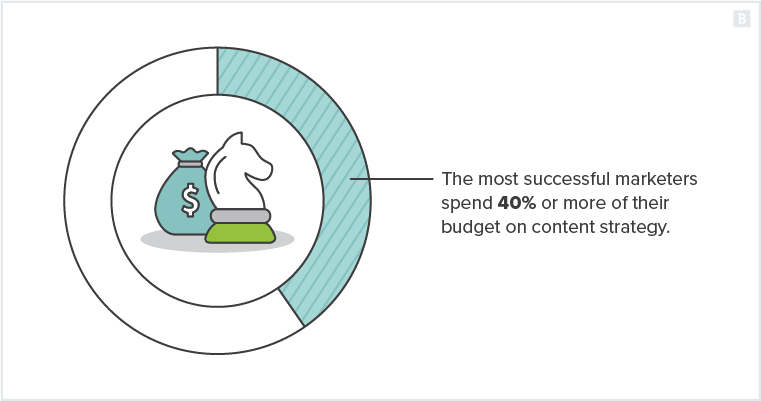
Marketing flywheels, funnels and buyer journeys
Marketers have different ways of thinking about their content marketing strategies. Some like to imagine their content as milestones along the buyer journey; others prefer to construct a marketing funnel that encourages prospects to take steps toward a purchase decision; others yet use Rand Fishkin’s marketing flywheel model to build momentum over time.
There’s no one right way to utilize content marketing to drive sales, but whatever model you use should be consistent with itself. To explain, let’s briefly examine these three models.
The buyer journey
In this model, prospects are like the main character of an epic journey. Rather than traveling across foreign lands at great peril, buyers are lost in the wilderness of the web, searching for answers that will solve their problems.
Like a knight errant finding a worn and moss-covered signpost at a fork in the trail, buyers approach content as helpful assets that will speed their journey to its conclusion. Blog articles and social media posts can aid the discovery process by spreading brand awareness and establishing thought leadership. Further along the journey, white papers and case studies can help buyers evaluate companies so they can ultimately make an informed decision.
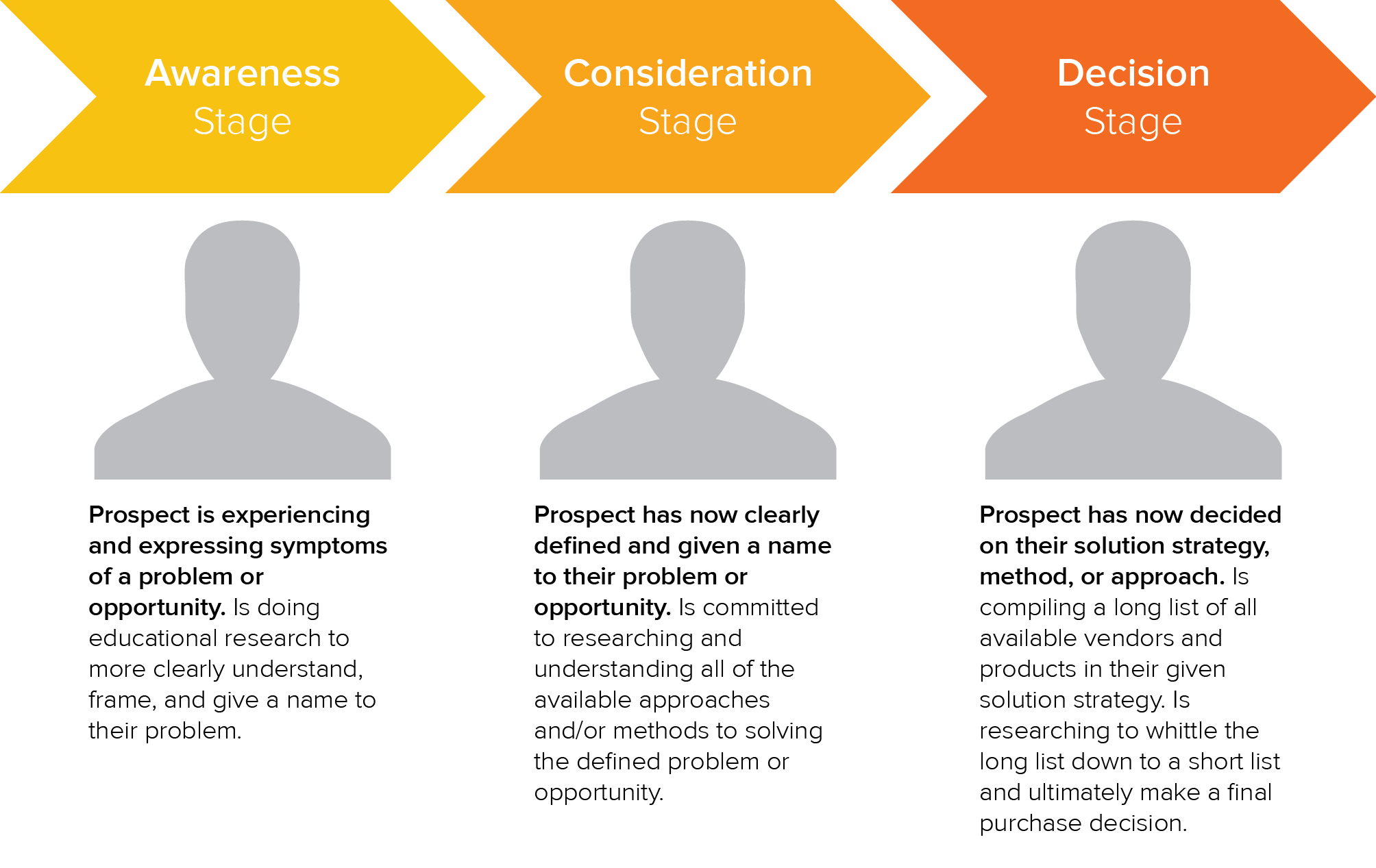
The marketing funnel
A marketing or sales funnel has a construction similar to a tailored buyer journey, but they aren’t the same thing. Buyers will go on journeys whether or not they ever interact with your organization. A sales funnel leads buyers off the beaten trail and into a more personalized and brand-specific excursion.
Funnels are built around different types of content which are relevant to readers at various stages of the buying cycle. For instance, an email campaign might catch buyer interest and tell them exactly what step they need to take next. In a traditional funnel, that step is usually to consume another piece of content, like a blog post. That post will in turn direct the reader to take another action, such as submitting their email address in exchange for a detailed whitepaper. As you can see, this approach is much more focused on the company’s needs, as it constantly encourages buyers toward the next step that can produce value for the organization.
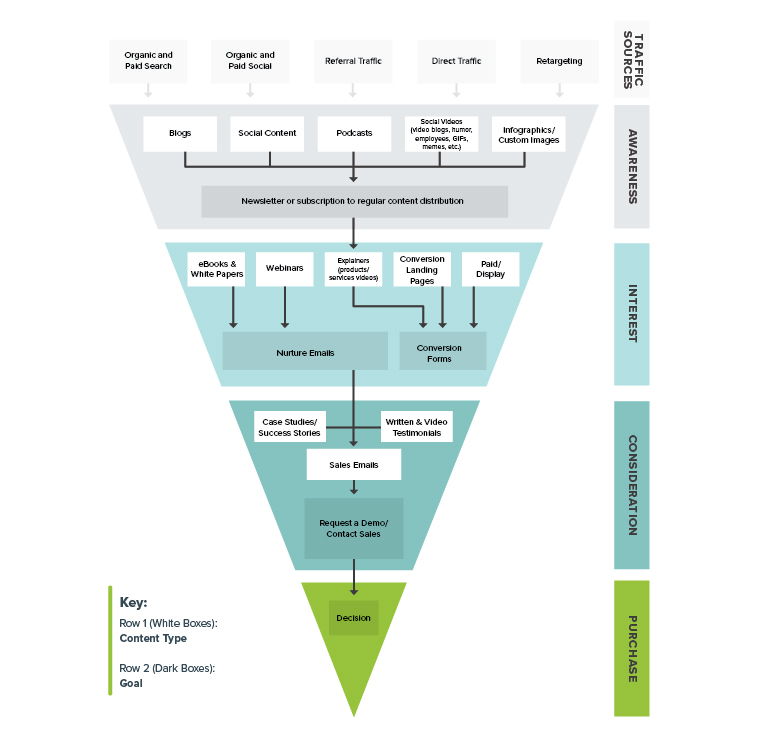
The marketing flywheel
In the world of engineering, a flywheel is a revolving device used to increase the momentum of a machine by storing a reserve of power. A flywheel is difficult to start moving, but once it’s in motion, keeping it going becomes easier.
Organic marketing is like a flywheel in that the first engagements with your content are the most difficult to earn – but the more work you put into your campaigns, the easier they will drive engagements in the future. Page authority is an obvious example of this concept. A brand new webpage will take months to gain links and authority until it reaches the top of a search engine results page (SERP). However, adding content to an existing page can make that page shoot to the top of a SERP much more quickly. Here, each piece of content is like an extra shove to the flywheel – each email, article and social post adds momentum and generates lift along the whole strategy.
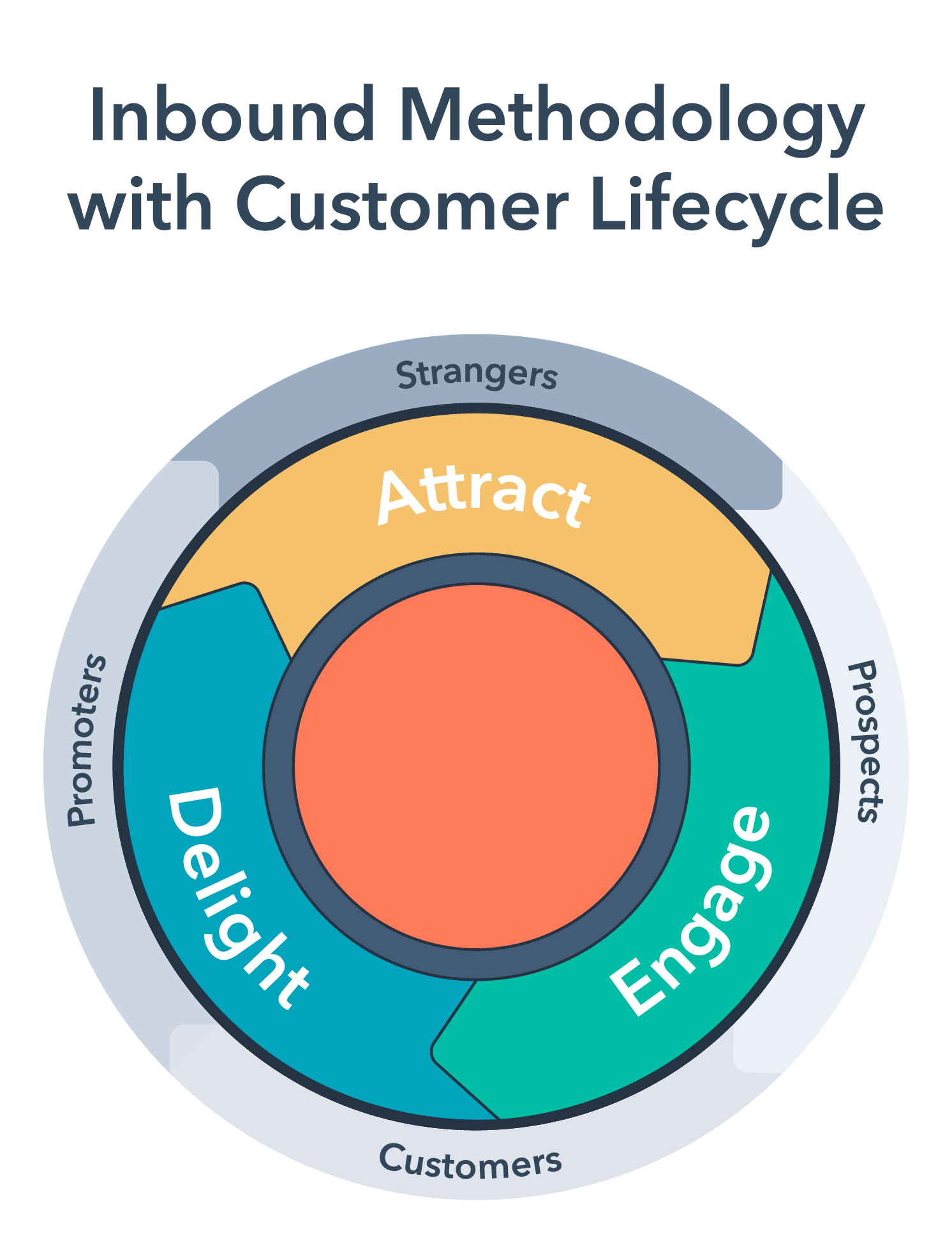
However your organization approaches content marketing, the elements will be roughly the same. Before we discuss how each type of content drives sales, let’s take a look at some of the potential goals of a content marketing strategy.
Content is a tool for sales enablement
Sales may be the ultimate goal, but they aren’t the only intention of a content marketing campaign. To build momentum in your flywheel, drive readers down the sales funnel or help buyers reach the end of their journeys, content marketers need to meet certain objectives first.
It can help to think backwards from the point of sale. What needed to happen for your most recent sale to close? What questions did you need to answer? Which pain points was the client most concerned with? How many conversations did it take? What could have sped up the process?
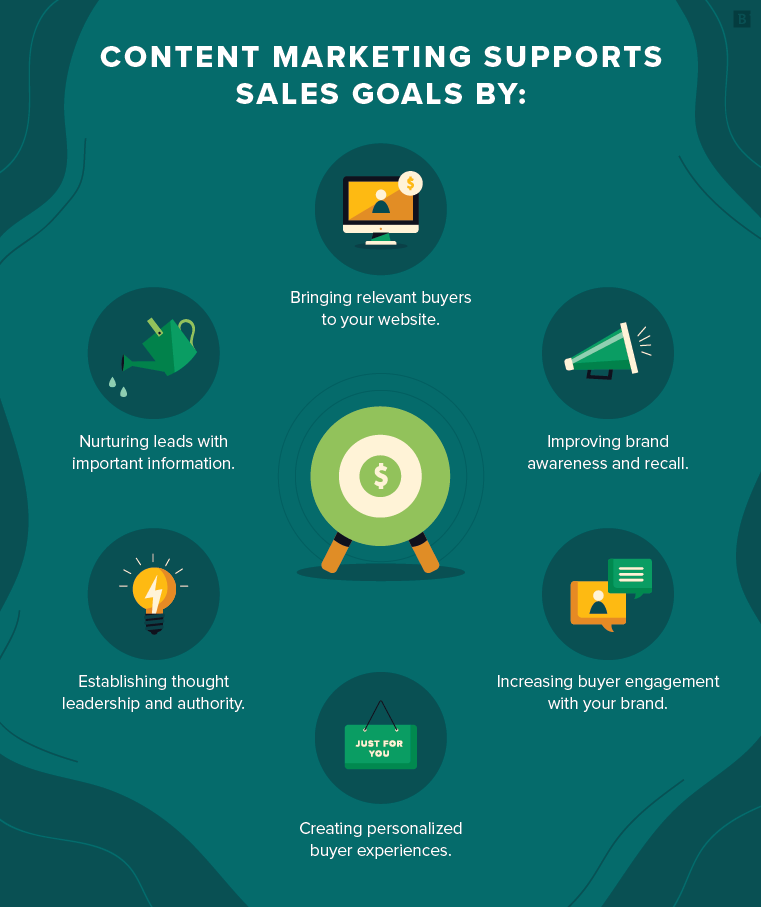
Content marketing drives sales by meeting goals along the sales cycle. Here are some examples:
- Spreading brand awareness: Customers discover and learn about your brand through content they encounter organically through search or by clicking on paid advertisements.
- Lead generation: The internet is a big place, and not everyone is relevant to your sales goals. Content qualifies leads by providing a way to gauge visitor interest in your company’s solutions.
- Establishing authority: In a competitive market, content that demonstrates your brand’s thought leadership helps buyers decide who they want to work with.
- Building audience engagement: B2B sales can take months to close, and you don’t want to lose the interest of your leads along the way. Interesting content builds engagement and keeps the conversation moving forward.
- Increasing conversion rates: The final sale often requires many smaller conversions along the way. Content can benefit the sales team by bringing in more newsletter subscribers, eBook downloads, inbound sales inquiries and more.
Now let’s examine how different types of content achieve these goals.
Blog articles
Blog articles are the quintessential content marketing asset because they can be one of the most valuable sources of site traffic – if they’re constructed properly. People read them every day, often without realizing they’re doing so. People have questions, so they type them into Google and get an answer, which is often found within an article. While they get the answer to their question, they also learn about the brand that supplied the answer. You want to be that brand.
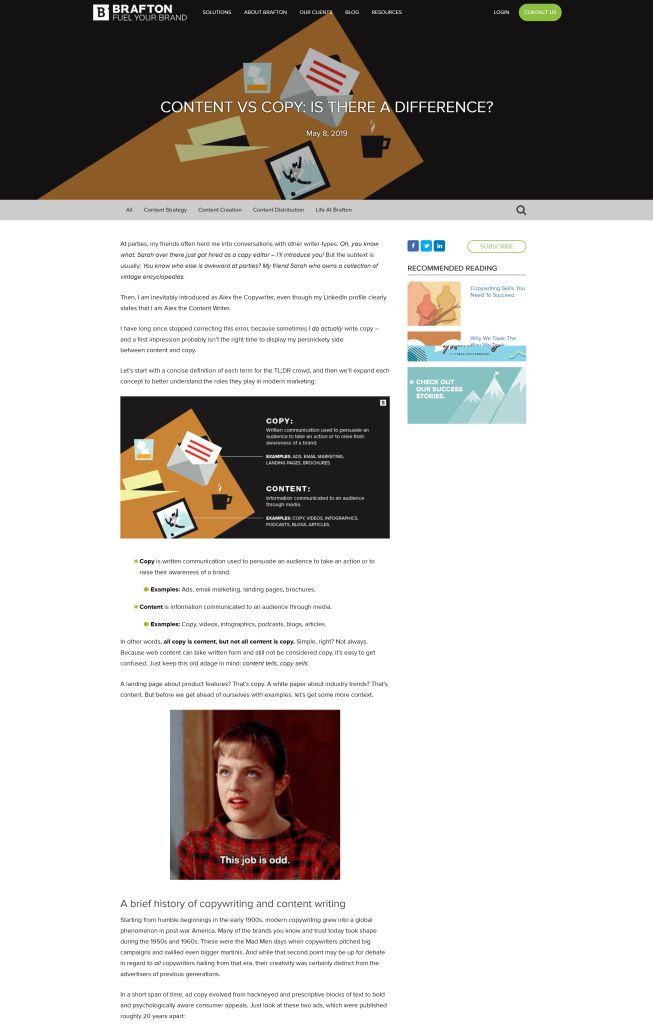
If you believe that the average person doesn’t like reading and won’t read the content on your site, think again. Today’s readers are interested in long-form content that thoroughly answers their questions. In fact, we’ve found readers in the tech and real estate industries prefer blog articles that are up to 2,000 words long. If you want to generate brand awareness and become a known authority in your industry, in-depth content is always better. Consider experimenting with articles of varying lengths and check your Google Analytics dashboard to see which get the most engagement.
eBooks
If you’re using the sales funnel approach, eBooks tend to fall somewhere in the middle. They should contain valuable content that appeals to readers who already have some familiarity with your brand and offerings. An eBook won’t make a great first impression, but it can make your second impression a lot more valuable.
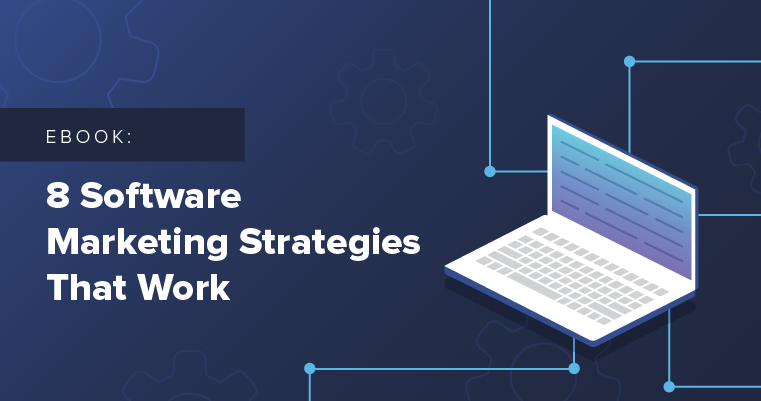
As a piece of gated content – e.g. reader’s have to input their contact information to download the asset – eBooks tend to perform very well. Compared to emails and blogs, they are much more polished and can provide deep insights into particular topic.
An eBook is also a great way to repurpose content from your website. For example, if a thought leader at your organization hosted a webinar, you could condense that information into a short eBook. Or you could compile a blog series into a graphic-rich downloadable.
Case studies
B2B marketers often need to appeal to multiple buyer personas within an organization to make a sale. For instance, SaaS vendors may need to speak with IT stakeholders and operations managers and gain buy-in from the company’s chief financial officer. Each one of these personas has different concerns and levels of knowledge. If you give them all the same piece of content, it’s likely to only resonate with one or two people.
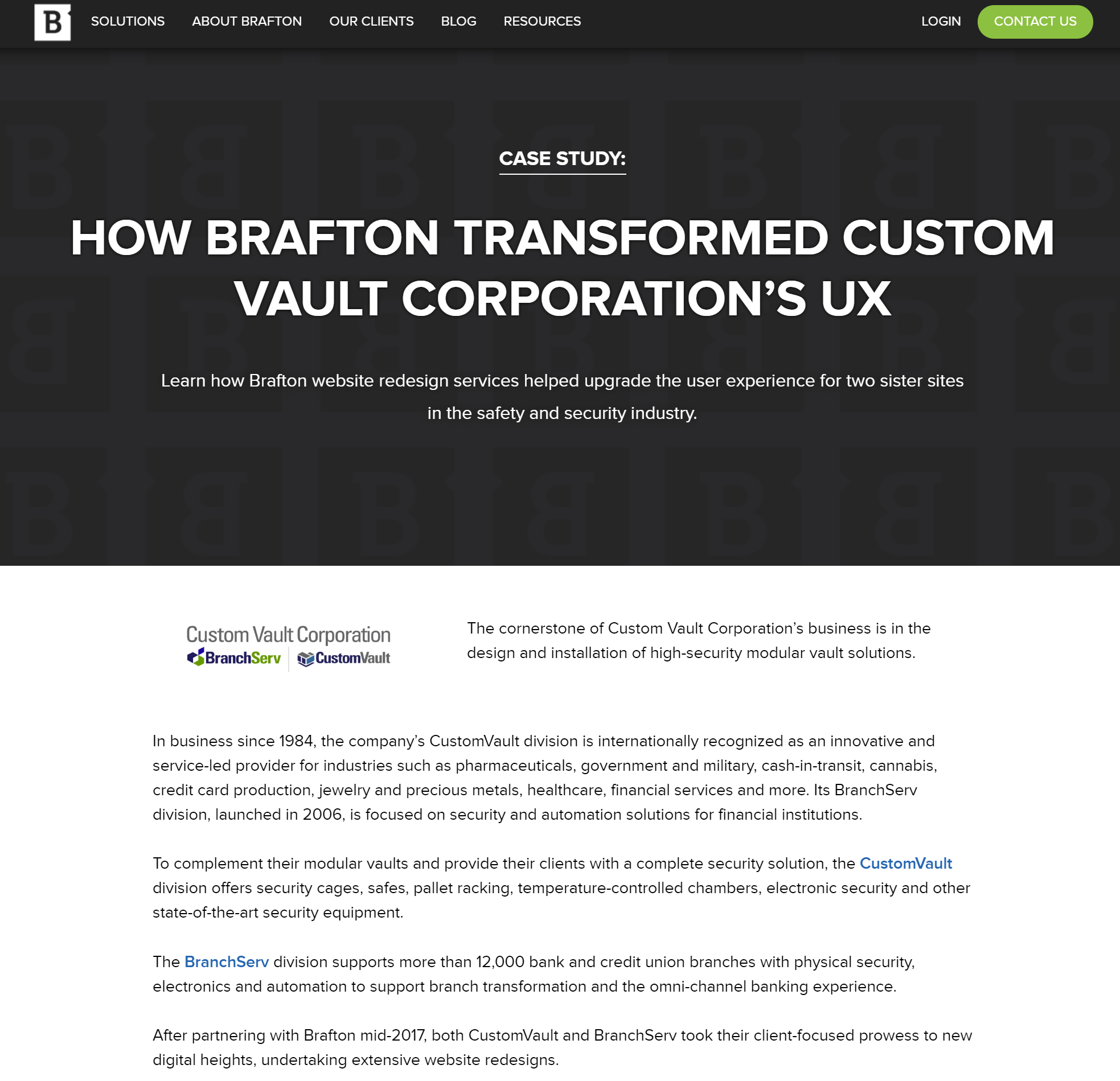
To effectively appeal to each distinct stakeholder, you need to tailor your content strategy accordingly. Case studies are excellent assets for your sales reps to have on hand as they’re speaking with certain prospects. For instance, if the CFO wants to see proof of how your product or service improves productivity, a case study is the perfect vehicle for demonstrating how your solution performs in the real world.
Here’s an example of a case study that demonstrates a results-oriented appeal.
White papers
Like case studies, white papers appeal to unique buyer personas at a critical stage of the sales process. This type of valuable content provides hard facts and important details about the solutions your company provides. For example, if SaaS marketers are pitching their product to a company, they might give the CFO a case study and give the IT manager a white paper detailing the technical specifications of the product.
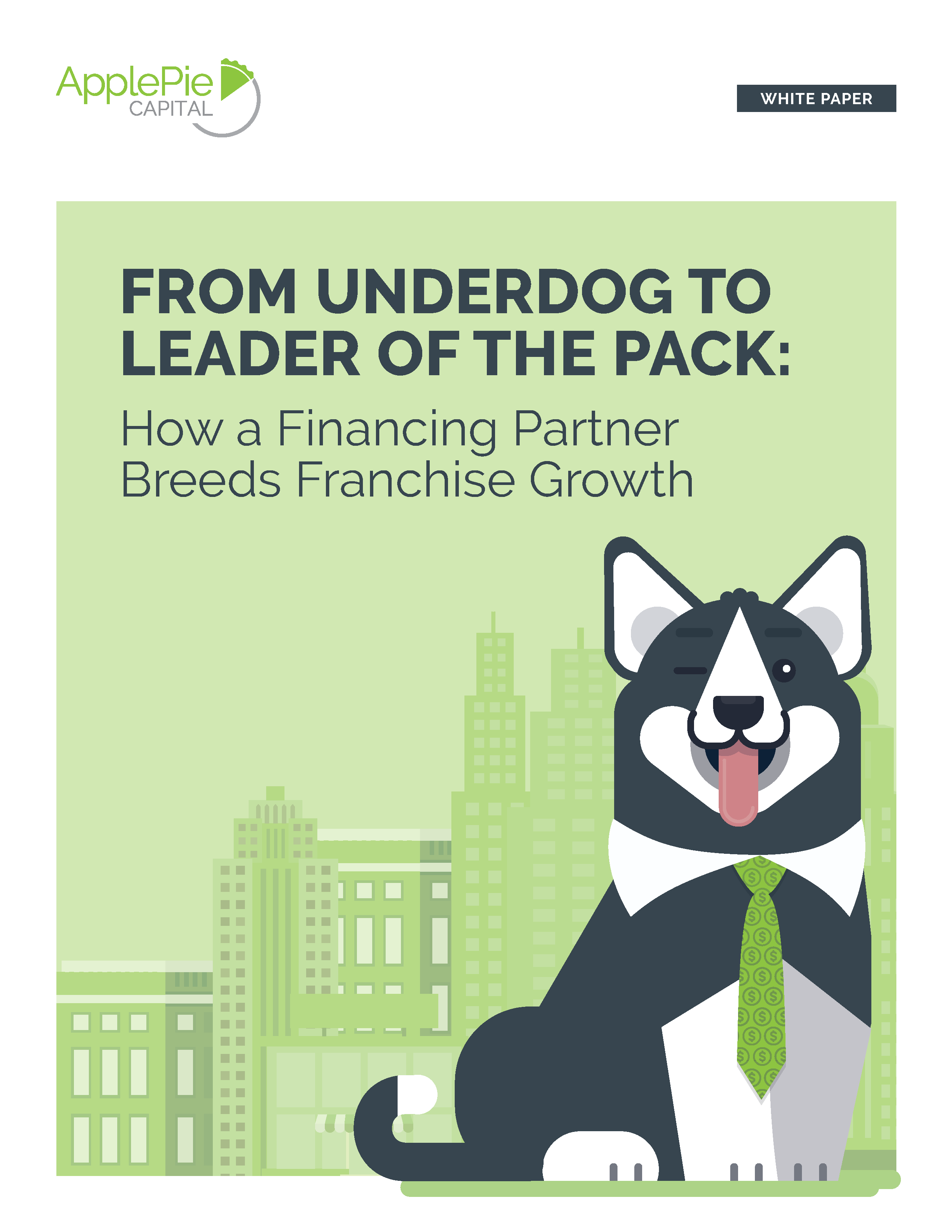
During the decision-making process, prospects can turn to white papers to get the answers to questions that don’t fit well in a blog article. At the same time, white papers can also serve the flywheel model by establishing concrete authority on a given subject.
Likewise, white papers can enhance your marketing automation process. You can set up an email drip campaign to trigger when users show interest in your services. For instance, if a user has subscribed to your newsletter and then reads a blog series on your site, your CRM solution could automatically deliver a white paper covering a relevant topic.
Infographics
Many of your prospects will be too busy to read long-form content, especially if they don’t know your brand well yet. Infographics can capture their attention for a few minutes, deliver insightful data and establish authority quickly.
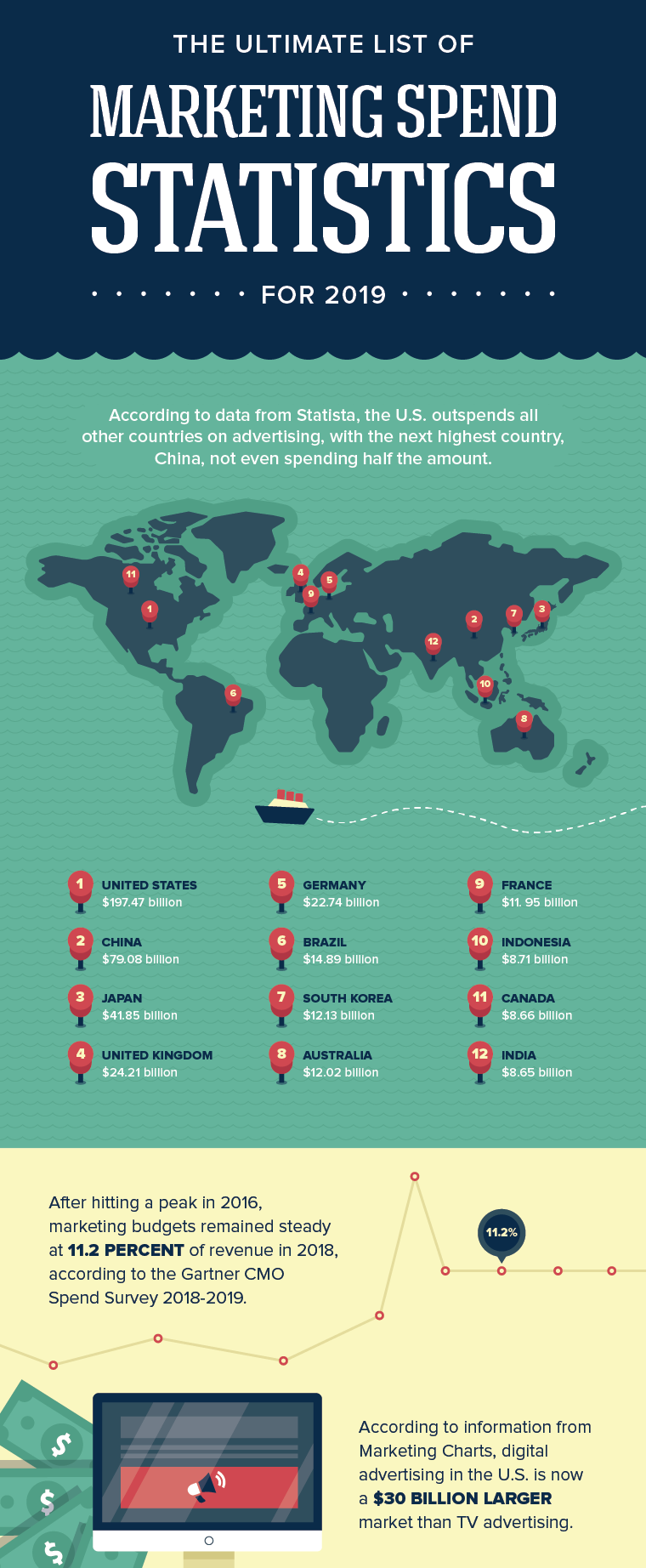
Aside from being a highly shareable asset, infographics are branded content that spread awareness wherever they go. This makes them a valuable tool for inbound marketing – that is, encouraging customers to come to you, rather than reaching out through a cold call. Readers typically click on them to get a piece of data quickly. In the process, they see your company logo, thus making a mental connection between your brand and valuable information. The next time readers need more information on the subject, they’ll think of your organization.
Social media platforms
Social media is potent because it can be both a platform for your content and it can be content in its own right. For example, if you’ve just published a piece of interactive content on your site and you want readers to engage with it, a social media post can do the trick.
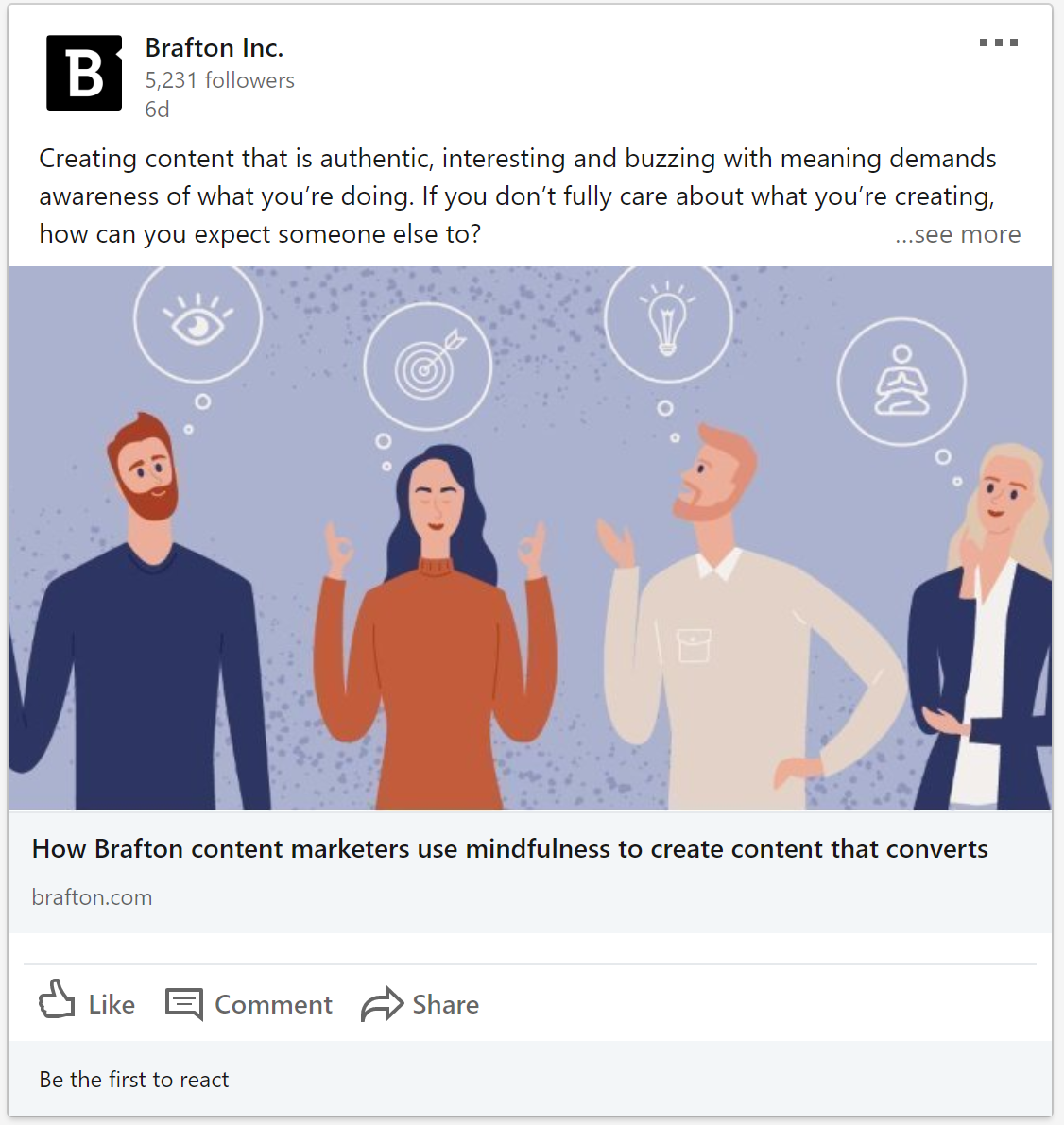
Additionally, social media is a great way to leverage user-generated content. For instance, if your customers are doing cool things with your products, you can encourage them to share photos and videos to your social media pages. This social proof will show prospects that your brand is trusted by the community.
In all its forms, content can drive leads to your sales team. To be effective, your content needs to fit within a consistent strategy. For an in-depth look at how to drive more sales with your content marketing strategy, download our free eBook today.





